1960's Hard Rock
Louder, heavier, and full of attitude.
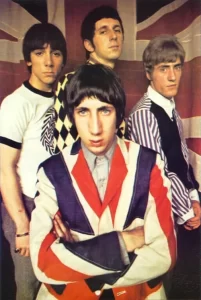
The Who
The Who had a massive influence on rock music, blending explosive energy with innovation. Known for their powerful live performances, they pioneered the use of feedback, power chords, and the destruction of instruments onstage, setting a standard for rock theatrics. Pete Townshend’s windmill guitar strums and Keith Moon’s wild drumming pushed the boundaries of rock’s sound and style. Their 1969 rock opera Tommy helped legitimize the album as an art form, paving the way for concept albums by others. The Who also influenced punk and hard rock, with bands citing their aggressive sound and rebellious spirit as a blueprint. With their bold experimentation and raw energy, The Who helped shape rock into a louder, more expressive, and boundary-pushing genre.
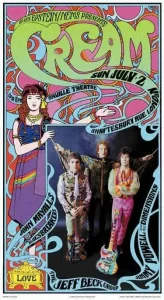
Cream
Cream, formed in 1966, was one of the first supergroups and a major force in shaping hard rock and blues-rock. Featuring Eric Clapton, Jack Bruce, and Ginger Baker, they fused blues roots with extended improvisation, helping to pioneer the power trio format. Their heavy riffs, loud volume, and virtuosic solos laid the groundwork for future rock and metal bands. Songs like “Sunshine of Your Love” and “White Room” showcased their ability to blend melody with raw power. Cream also helped popularize the use of distortion and wah-wah pedals in rock guitar playing. Their live performances pushed the boundaries of rock, emphasizing musicianship and spontaneity. Though short-lived, Cream’s impact was lasting, influencing artists like Jimi Hendrix, Led Zeppelin, and countless others in the evolution of modern rock.
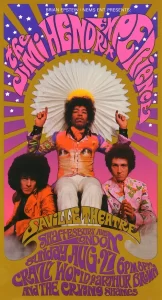
Jimi Hendrix Experience
The Jimi Hendrix Experience revolutionized rock music with groundbreaking guitar work, psychedelic soundscapes, and unmatched stage presence. Led by Jimi Hendrix, the band fused blues, rock, and funk into a bold, electric style that redefined what the electric guitar could do. Hendrix’s use of distortion, feedback, and the wah-wah pedal created a new sonic palette, influencing generations of guitarists. Their 1967 debut album Are You Experienced introduced classics like “Purple Haze” and “Foxy Lady,” showcasing technical mastery and inventive songwriting. The trio’s live performances, especially at Monterey and Woodstock, became legendary. By pushing the boundaries of studio production and performance, the Jimi Hendrix Experience set a new standard for rock artistry, helping to usher in the era of psychedelic and hard rock.
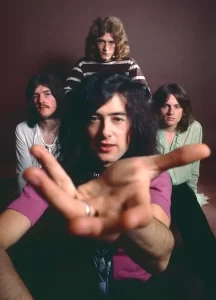
Led Zeppelin
Led Zeppelin had a profound and lasting impact on rock music, helping to define hard rock and heavy metal. Blending blues, folk, and psychedelia with thunderous riffs and mystical lyrics, they crafted a powerful, distinctive sound. Jimmy Page’s guitar work, Robert Plant’s soaring vocals, John Bonham’s thunderous drumming, and John Paul Jones’s versatile musicianship set a new standard for rock bands. Their albums, especially Led Zeppelin IV, featured iconic tracks like “Stairway to Heaven,” blending acoustic beauty with electric intensity. Known for epic live shows and extended improvisation, they influenced countless bands in style and substance. Zeppelin also revolutionized the album-focused model of rock, avoiding singles and focusing on cohesive records. Their blend of power, mystery, and musical mastery shaped rock’s evolution for decades.
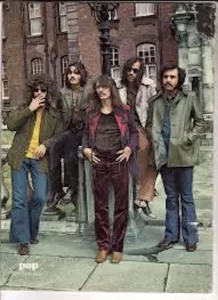
Steppenwolf
Steppenwolf played a key role in shaping hard rock and the emerging heavy metal genre in the late 1960s. Best known for their 1968 hit “Born to Be Wild,” the band helped popularize the term “heavy metal,” famously mentioned in the song’s lyrics. With gritty vocals, driving guitar riffs, and rebellious energy, Steppenwolf captured the spirit of the counterculture and biker movement. Their fusion of blues-rock with a harder edge paved the way for bands like Deep Purple and Black Sabbath. Songs like “Magic Carpet Ride” and “The Pusher” showcased their ability to blend psychedelic sounds with social commentary. Steppenwolf’s raw power and bold style contributed to the rise of a heavier, more aggressive form of rock, influencing both sound and attitude in rock music.
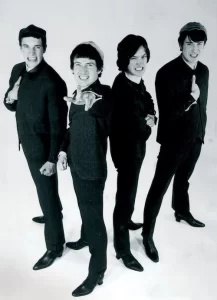
The Kinks
The Kinks were pivotal in shaping the sound and spirit of rock music, particularly through their raw, riff-driven style and sharp songwriting. Their 1964 hit “You Really Got Me” introduced one of the first heavy, distorted guitar riffs in rock, influencing the development of hard rock and heavy metal. Ray Davies’s lyrics brought a uniquely British voice to rock, mixing wit, irony, and social commentary. The band explored a range of styles—from garage rock to baroque pop—pushing creative boundaries with albums like The Kinks Are the Village Green Preservation Society. Their storytelling and melodic inventiveness influenced future artists like The Who, The Jam, and Blur. By blending aggression with sophistication, The Kinks helped expand what rock music could express, both sonically and lyrically.
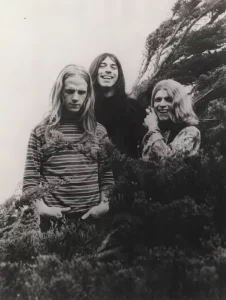
Blue Cheer
Blue Cheer was one of the earliest bands to push rock music toward the heavy, distorted sound that would become heavy metal. Their 1968 cover of “Summertime Blues” featured roaring guitar, thunderous drums, and raw vocals, setting a new standard for volume and intensity. Often credited as one of the first heavy metal bands, Blue Cheer stripped down rock to its loudest and most aggressive elements. Their power trio format emphasized sheer force over finesse, influencing bands like Black Sabbath, Deep Purple, and Motörhead. While they never achieved major commercial success, their pioneering sound laid the groundwork for stoner rock, doom metal, and other heavy subgenres. Blue Cheer’s fearless approach helped shift rock away from psychedelia and toward a heavier, more primal musical experience.
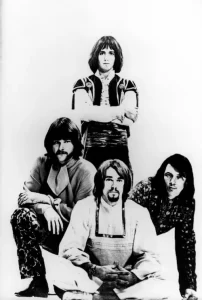
Iron Butterfly
Iron Butterfly played a key role in bridging psychedelic rock with the emerging sound of heavy metal. Their 1968 hit “In-A-Gadda-Da-Vida,” with its iconic 17-minute run time, showcased extended solos, heavy organ riffs, and a darker, more intense atmosphere than most of their contemporaries. This song became a blueprint for future hard rock and progressive rock bands, proving that rock could be both heavy and expansive. The band’s use of distorted guitars, pounding drums, and eerie keyboard textures influenced the development of both heavy metal and psychedelic rock. Iron Butterfly helped popularize the idea of the “epic” rock song and inspired artists to explore more experimental structures and heavier sounds. Their legacy lives on in the DNA of bands like Deep Purple, Uriah Heep, and Black Sabbath.
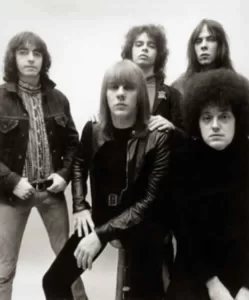
MC5
MC5 (Motor City Five) were trailblazers in shaping punk rock and hard rock with their raw sound, political edge, and explosive live energy. Emerging from Detroit in the late 1960s, their debut album Kick Out the Jams captured their aggressive, high-voltage style and rebellious spirit. They fused garage rock with radical leftist politics, making their music a vehicle for social change. Their loud, distorted guitars, shouted vocals, and anti-establishment lyrics laid the foundation for punk and influenced bands like The Clash, Sex Pistols, and Rage Against the Machine. MC5 stripped rock down to its essentials—attitude, volume, and urgency. Though short-lived, their influence was massive, pushing rock music toward a more confrontational and raw expression that would explode in the 1970s and beyond.
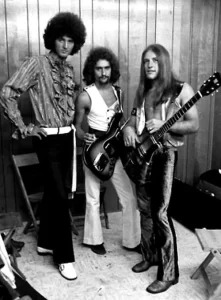
Grand Funk Railroad
Grand Funk Railroad helped define American hard rock in the 1970s with their loud, gritty sound and working-class appeal. Emerging from Flint, Michigan, they fused blues-rock with raw power and simple, catchy riffs, becoming one of the top-selling bands of their era. Known for high-energy live shows, they sold out arenas without heavy radio play or critical support, proving the power of grassroots fanbases. Hits like “We’re an American Band” and “Some Kind of Wonderful” blended rock with funk and soul influences. Their stripped-down trio format showcased strong musicianship and powerful vocals, influencing later acts in hard rock and arena rock. Grand Funk helped shift the rock spotlight from the coasts to the American heartland, laying the groundwork for blue-collar rock bands like REO Speedwagon and Bob Seger.